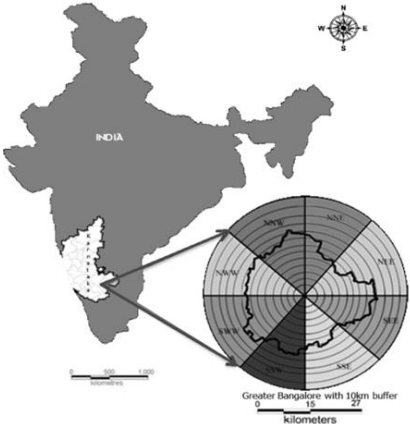T.V. Ramachandra1,2,3,* Bharath Setturu1 Bharath H. Aithal1,2
1 Energy and Wetlands Research Group, Centre for Ecological Sciences [CES], 2 Centre for Sustainable Technologies (astra) 3 Centre for infrastructure, Sustainable Transportation and Urban Planning [CiSTUP] Indian Institute of Science, Bangalore – 560012, India. *Corresponding author: cestvr@ces.iisc.ac.in
Citation : Ramachandra. T.V., Bharath Setturu and Bharath H. Aithal., 2012. Peri-Urban to Urban Landscape Patterns Elucidation through Spatial Metrics, International Journal of Engineering Research and Development. Volume 2, Issue 12 (August 2012), pp. 58-81.
|
||||||||||||||||||||||||||||||||||


